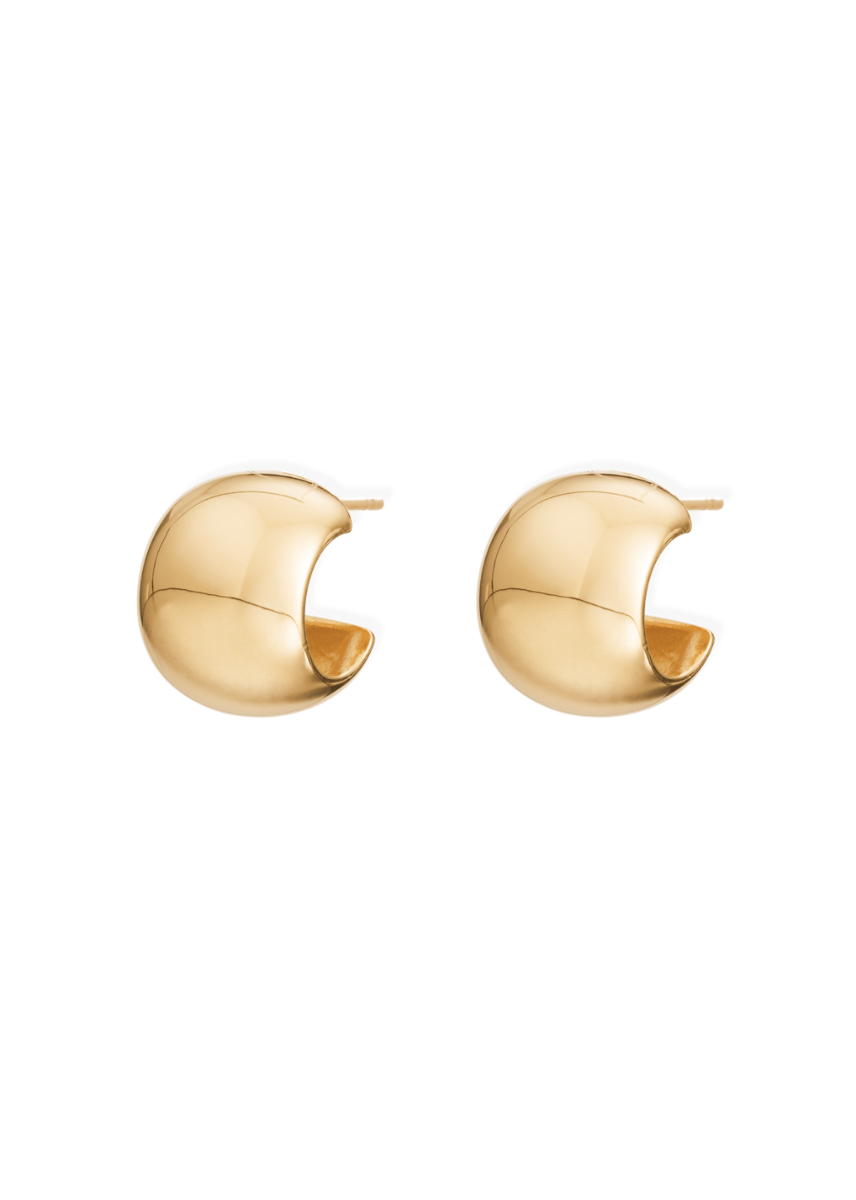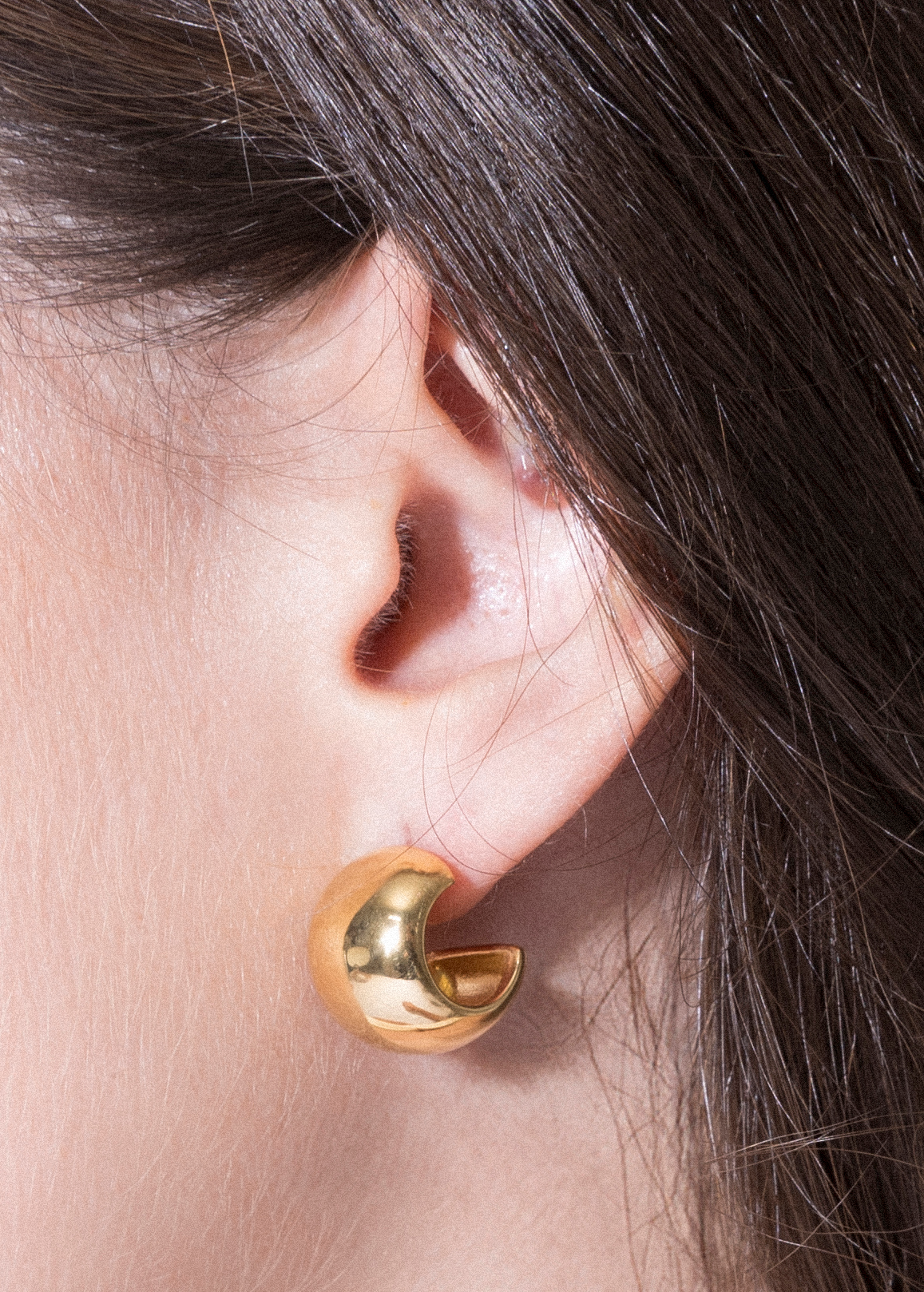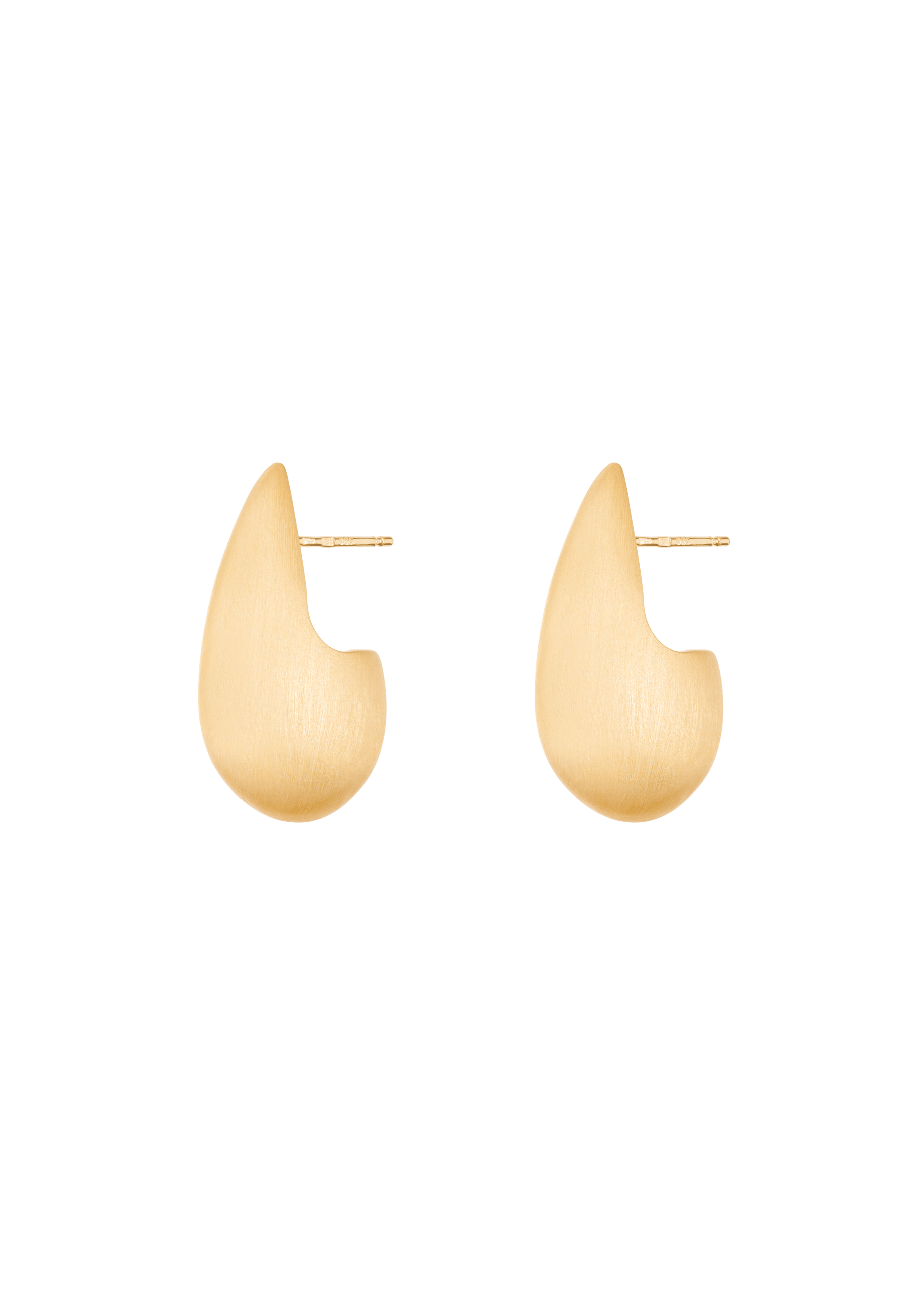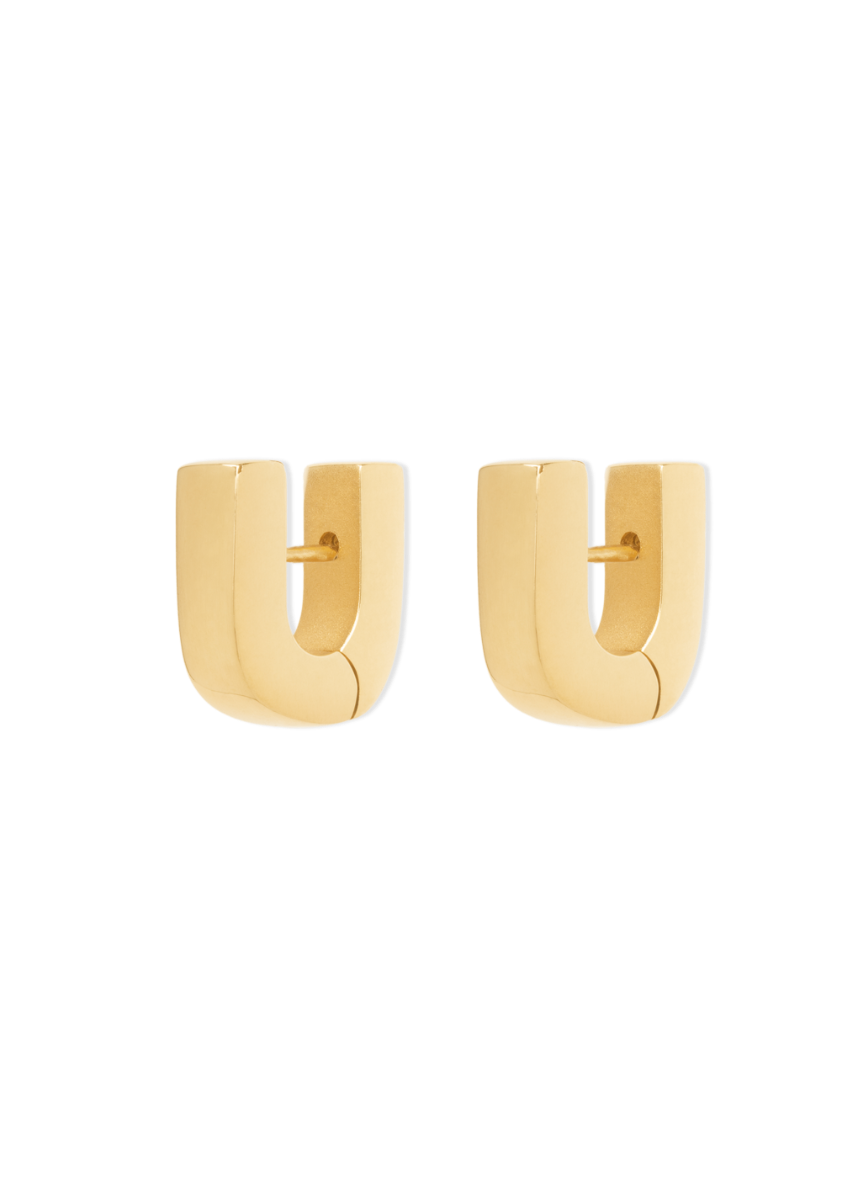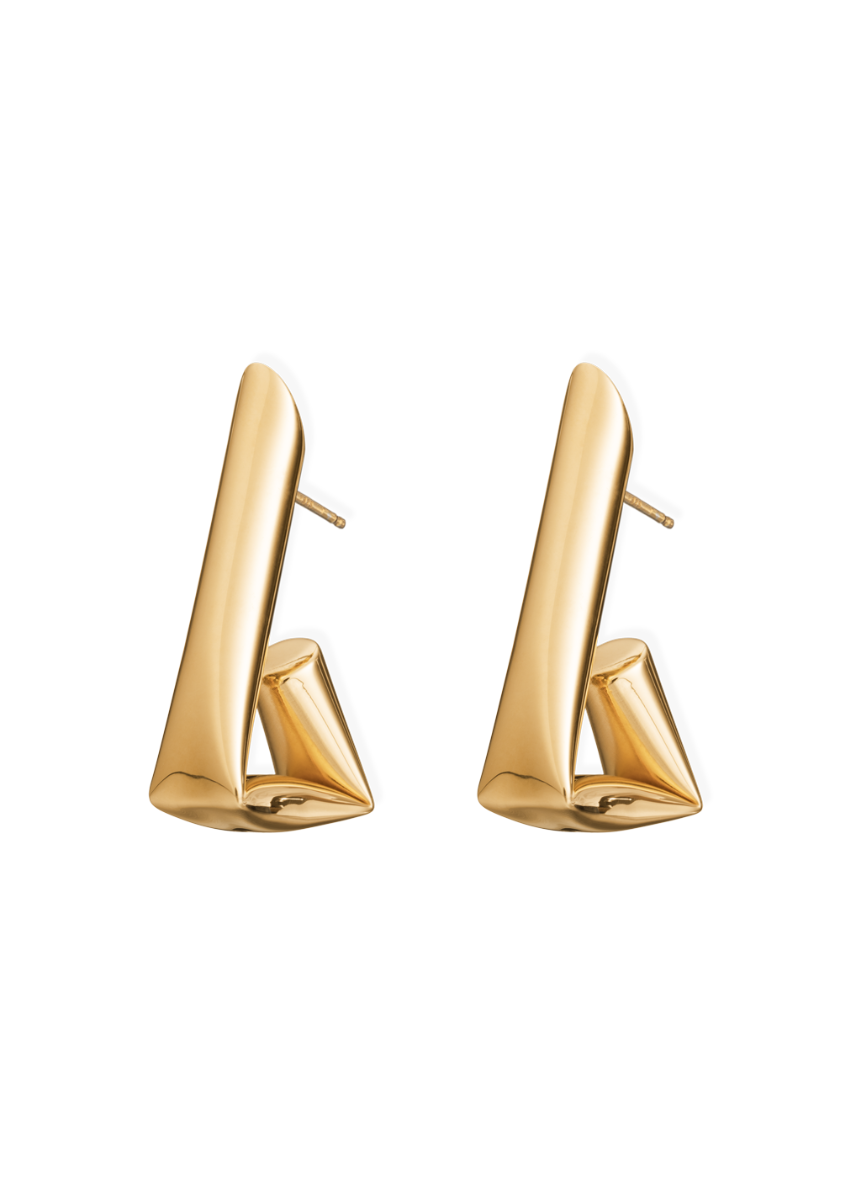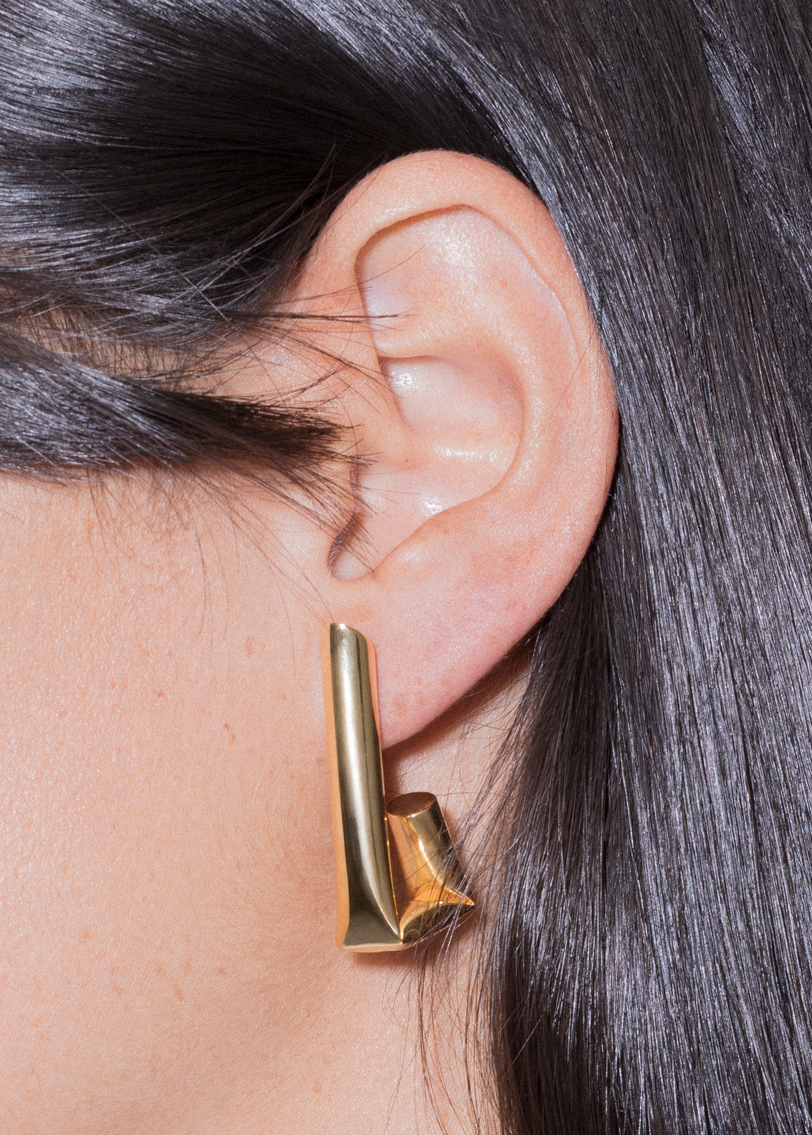in the world of design and innovation, the relationship between aesthetics and functionality has been a subject of ongoing exploration. as technology continues to shape our everyday lives, even the most mundane objects are being reimagined with a dual purpose: to be both visually appealing and highly practical.
one such object that we encounter daily is the toothbrush. traditionally seen as a utilitarian tool, the toothbrush has undergone transformations aimed at not only improving its functionality but also making it aesthetically pleasing. this exploration leads us to a compelling question: can a toothbrush truly embody both aesthetics and effectiveness? in this discourse, we delve into the realms of design, dentistry and consumer preferences to understand the intricate relationship between form and function when it comes to oral hygiene. first and foremost, let's grasp the essential attributes to consider when selecting a toothbrush:
1. manual or electric?
the choice between a manual toothbrush and an electric toothbrush depends on various factors, including your oral health needs, personal preferences, and any specific dental concerns you might have. the effectiveness of manual toothbrushes heavily relies on the user's brushing technique. brushing too hard or too soft, using incorrect angles, or missing certain areas can compromise the cleaning efficiency.
electric toothbrushes guide users with their automatic motions, ensuring that the recommended technique is followed more consistently. this feature can be particularly beneficial for individuals who struggle with maintaining a proper brushing technique. recent studies have shown that electric toothbrushes, particularly those with rotating motions, tend to be more effective in removing plaque and improving gum health compared to manual toothbrushes. dental professionals often recommend electric toothbrushes for patients who want to optimize their oral hygiene routines. while electric toothbrushes are generally more efficient, it's important to note that proper technique and consistent usage are still crucial.
 oral-b io, electric toothbrush
oral-b io, electric toothbrush

buzzy musical jack n jill electric toothbrush
2. bristle material
when it comes to choosing a toothbrush, the variety of options available can be overwhelming. nylon bristles are known for their effectiveness in removing plaque, debris, and food particles from the teeth and gums. the stiffness of nylon bristles can help with thorough cleaning, especially when combined with proper brushing technique. silicone bristles toothbrushes have gained popularity in recent years due to their unique design and material. however, the softer and more flexible nature of silicone bristles might not provide the same immediate sensation of "scrubbing", and require more effort to achieve the same level of cleaning compared to traditional nylon bristles.


the efficiency of toothbrush bristle hardness depends on various factors, including individual preferences, oral health conditions, and brushing technique. soft bristle toothbrushes are generally recommended by dentists for most people as they provide effective cleaning while minimizing the risk of harm to oral tissues. medium bristles can be a suitable compromise for those who want a balance between cleaning efficiency and gum comfort. hard bristle toothbrushes are best avoided due to their potential to cause gum irritation, enamel wear, and other oral health issues. it's essential to choose a toothbrush that aligns with your oral health needs and preferences, and consulting with a dental professional can help to guide you toward the right choice.
 ultralite sensitive toothbrush, jordan oral care
ultralite sensitive toothbrush, jordan oral care
4. toothbrush head size
the choice of toothbrush head size should align with your oral health needs, mouth size, and personal preferences. a small toothbrush head offers precision and access to hard-to-reach areas, making it suitable for those with specific dental concerns or orthodontic appliances. on the other hand, a larger toothbrush head might provide efficiency in covering more surface area but could struggle to reach tight spaces. ultimately, the key is to find a toothbrush head size that allows you to effectively clean all surfaces of your teeth and gums without causing discomfort or missing spots.

the integration of aesthetics into toothbrush design is not a mere superficial pursuit. research into the psychology of aesthetics reveals that the visual appeal of an object can influence user behaviour and satisfaction. when a toothbrush is pleasing to the eye, users might feel more motivated to use it regularly, thereby reinforcing positive oral hygiene habits. this shift in mindset from viewing the toothbrush as a mundane necessity to appreciating it as a personal care accessory marks a significant transformation in consumer behaviour, all thanks to the synergy between aesthetics and functionality.
indeed, this interaction has led to ground-breaking transformations in design across industries. through ergonomic mastery, cutting-edge technology, consumer psychology, and sustainable practices, designers have successfully debunked the notion that a toothbrush must choose between being aesthetically pleasant and effective.
the evolution of the toothbrush serves as a testament to human creativity, innovation, and the boundless possibilities that arise when aesthetics and functionality converge.
so, can a toothbrush be both aesthetically pleasant and good? the resounding answer is yes – it can be a symbol of artistry and efficacy, a beacon of design and health, and a reminder that even the smallest objects can hold immense power when they embody the harmonious fusion of form and function. nevertheless, using a proper technique, brushing for the recommended two minutes, and maintaining regular dental check-ups are key to maintaining good oral hygiene, regardless of the toothbrush type you choose.
daniela santos soares is a specialist in pediatric dentistry, with a doctoral programme in health sciences at the faculty of medicine of the university of coimbra. she's also a teaching assistant at the paediatric and preventive dentistry institute of the faculty of medicine of the university of coimbra.
we independently evaluate all recommended products and services. if you click on links we provide, we may receive compensation.
